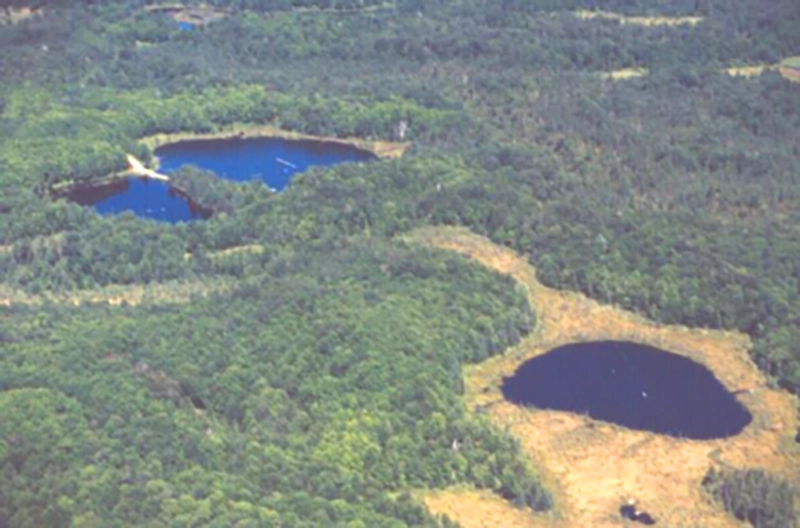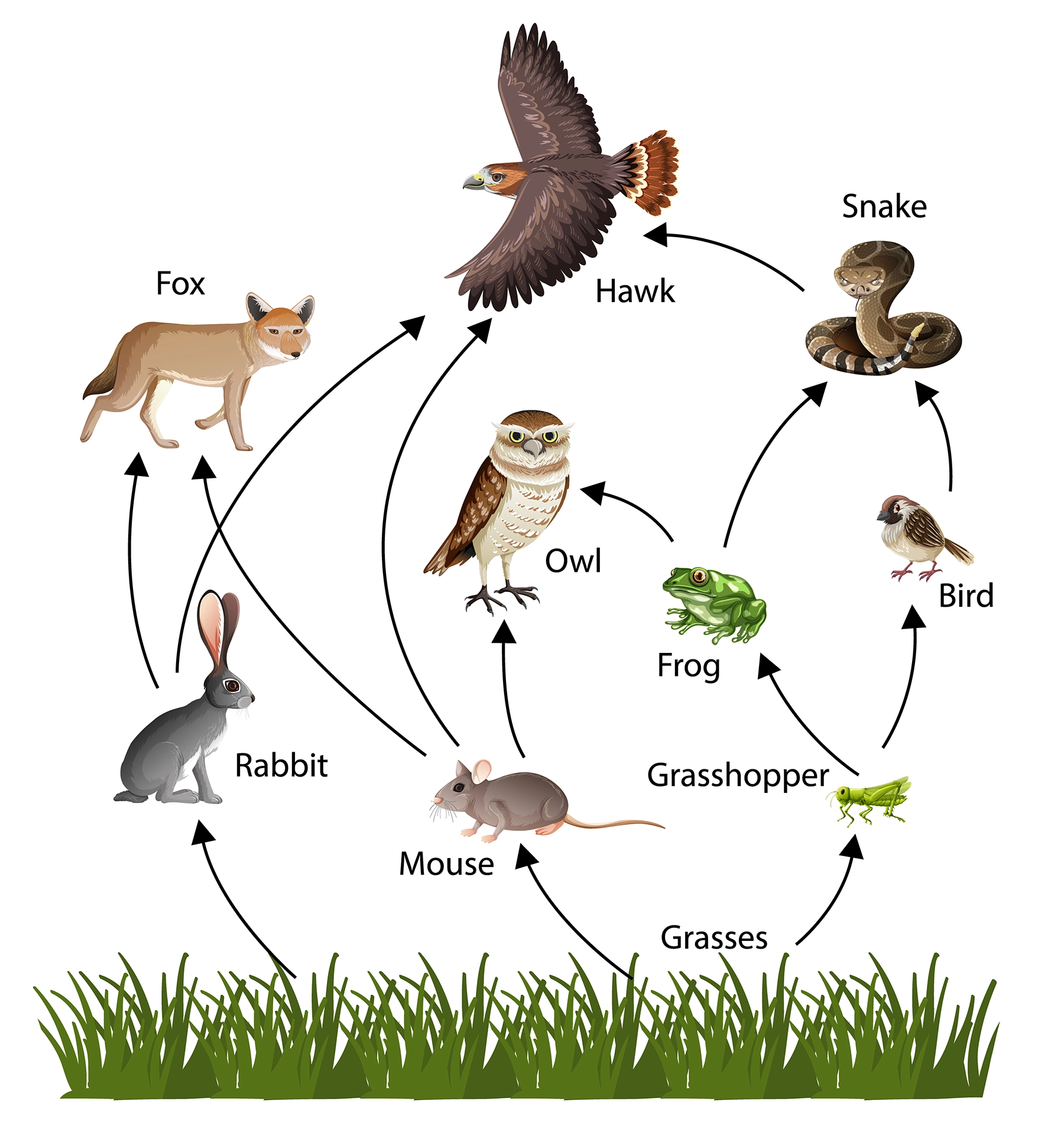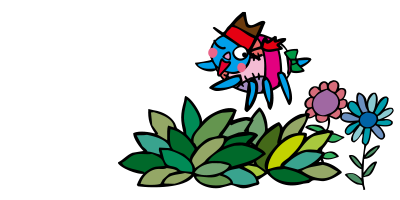Larger fish eat smaller fish; therefore, if we increase the number of larger fish, the number of smaller fish in the lakes should decrease. If the number of smaller fish decreases, zooplankton that feed smaller fish should increase, resulting in an increase of zooplankton, leading to a decrease of phytoplankton. As shown above, changes in the number of larger fish at the top of the food chain can affect the number of organisms at the lower end of the food chain, even though they are not being directly consumed by the apex predators. This pattern is called a "trophic cascade" because it is transmitted from top to bottom in a web-like pattern of connections.

Paul, Peter and Tuesday Lakes.
In 1984, most of the largemouth bass of Peter Lake were moved to Tuesday Lake, and most of the minnows from Tuesday lake were moved to Peter Lake in 1985. Paul Lake served as the unmanipulated reference lake.







